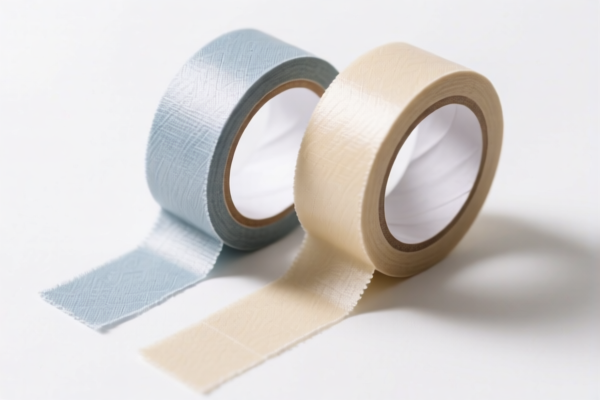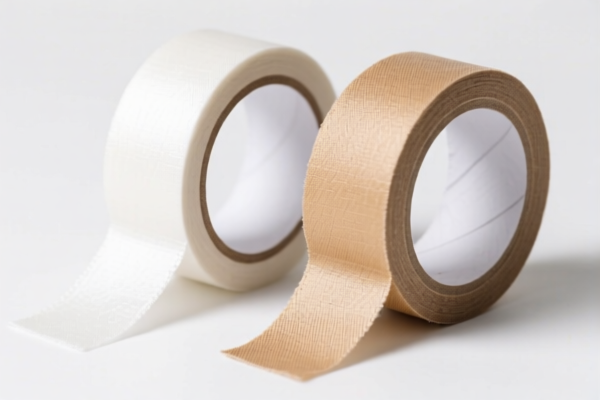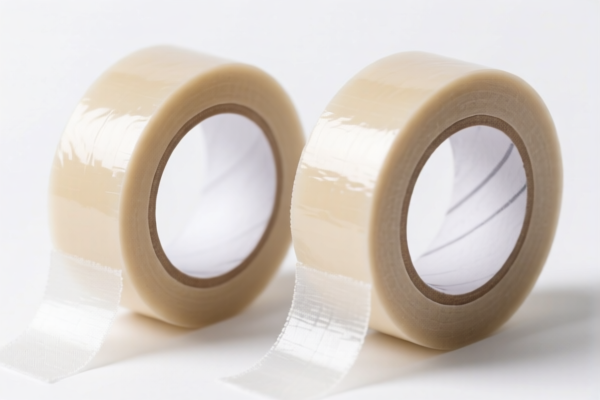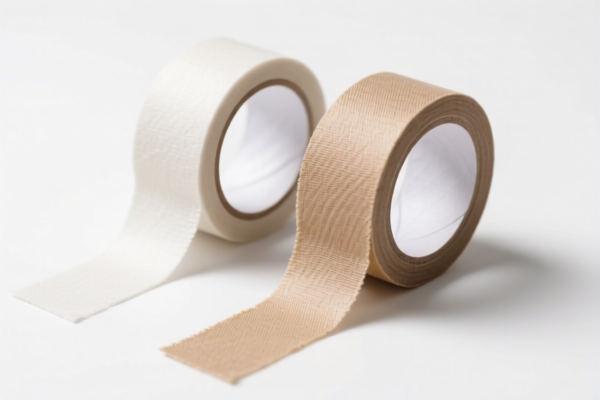| HS Code | Official Doc | Tariff Rate | Origin | Destination | Effective Date |
|---|---|---|---|---|---|
| 3919905060 | Doc | 60.8% | CN | US | 2025-05-12 |
| 4809907100 | Doc | 55.0% | CN | US | 2025-05-12 |




Okay, let's break down the classification and tax implications for your declared goods, "DOUBLE SIDE TISSUE TAPE," based on the provided HS codes.
Analysis of Declared Goods: DOUBLE SIDE TISSUE TAPE
You have two HS codes associated with this declaration, which suggests potential nuances in the product's composition or intended use. Here's a detailed look at each:
1. HS Code: 3919.90.50.60 – Plastics, Self-Adhesive Plates, Sheets, Film, Foil, Tape, Strip
- Chapter 39: Plastics and articles thereof. This broadly covers items made from plastic materials.
- 3919: Self-adhesive plates, sheets, film, foil, tape, strip and other flat shapes, of plastics. This narrows down the category to plastic-based adhesive products.
- 3919.90: Other. This indicates the product doesn't fall into more specific categories within 3919.
- 3919.90.50: Other. Further specifies it's not a specifically defined type of plastic tape.
- 3919.90.50.60: Other. This is a residual category for other plastic tapes not elsewhere specified.
Tax Implications:
- Basic Duty: 5.8%
- Additional Tariff: 25.0% (Currently)
- Post April 2, 2025 Additional Tariff: 30.0%
- Total Tax: 60.8%
Important Considerations:
- Plastic Composition: This HS code is suitable if the tape is primarily made of plastic. The specific type of plastic (e.g., polypropylene, polyethylene, acrylic) doesn't drastically change the HS code within this category, but it's good to have this information for customs inquiries.
- Backing Material: If the tape has a non-plastic backing (e.g., paper, cloth), the classification might need to be revisited.
- Adhesive Type: The type of adhesive (e.g., acrylic, rubber-based) is less critical for this HS code, but it's helpful to know.
2. HS Code: 4809.90.71.00 – Carbon paper, self-copy paper and other copying or transfer papers
- Chapter 48: Manufactured paper articles, not elsewhere specified. This covers a wide range of paper-based products.
- 4809: Carbon paper, self-copy paper and other copying or transfer papers (including coated or impregnated paper for duplicator stencils or offset plates), whether or not printed, in rolls or sheets.
- 4809.90: Other. This indicates the product doesn't fall into more specific categories within 4809.
- 4809.90.71: Impregnated, coated or both, but not otherwise treated. This specifies the paper has been treated with a coating or impregnation.
- 4809.90.71.00: Further specifies the type of treated paper.
Tax Implications:
- Basic Duty: 0.0%
- Additional Tariff: 25.0% (Currently)
- Post April 2, 2025 Additional Tariff: 30.0%
- Total Tax: 55.0%
Important Considerations:
- Paper Composition: This HS code is suitable if the tape is primarily made of paper.
- Adhesive Composition: The type of adhesive is less critical for this HS code, but it's helpful to know.
- Coating/Impregnation: The presence of a coating or impregnation is important for this HS code.
Recommendation & Next Steps:
Given you're declaring "DOUBLE SIDE TISSUE TAPE," it's possible the tape falls into both categories depending on its construction.
- Material Breakdown: Crucially, determine the primary material composition of the tape. Is it mostly plastic, mostly paper, or a significant combination of both?
- Adhesive Details: Note the type of adhesive used.
- Single Declaration vs. Multiple: If the tape is a composite material (e.g., plastic film with adhesive on a paper backing), you might need to consider if a single HS code accurately represents the product, or if a more detailed declaration with multiple HS codes is required.
- Supplier Documentation: Obtain a detailed product specification sheet from your supplier. This will help clarify the material composition and adhesive type.
- Review Import Regulations: Double-check the latest import regulations for your specific destination country, as rules can change.
Disclaimer: I am an AI assistant and cannot provide definitive customs classification advice. This information is for general guidance only. It is recommended to consult with a qualified customs broker or import specialist for accurate classification and compliance.
Customer Reviews
The tariff rates for both codes are displayed correctly, but I wish there was a simpler way to see a side-by-side comparison of all the factors. It takes a lot of scrolling to compare the details for plastic vs. paper tapes. It’s good info, just a little clunky.
The section on 'Important Considerations' for each HS code was really valuable. It made me think about details I hadn’t considered, like the backing material and adhesive type. Definitely worth double-checking those before submitting anything.
I was a bit confused about whether to use 3919.90.50.60 or 4809.90.71.00 for my double-sided tape, and this site laid out the key differences based on material composition really well. The recommendation to check the material breakdown is a great tip.
Really helpful breakdown of the 3919.90.50.60 HS Code! The explanation of the tax implications, especially the upcoming changes after April 2025, is super clear. I feel much more confident about my import declaration now.